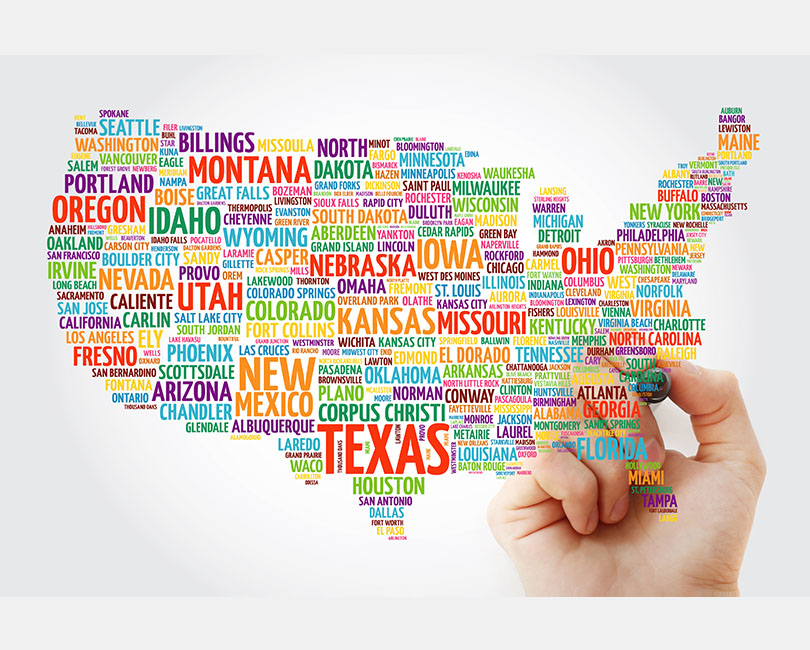Doing Business in a Post-Wayfair World

We remember a much simpler time when, as a business, you knew whether you had a state sales tax obligation based solely on whether you had a physical presence. Today, however, is a different story because no matter what your business sells, it is doing so in a borderless digital marketplace. Legally speaking, everything changed when the Supreme Court issued its ruling on South Dakota v. Wayfair in June of 2018.
Since then, the impact of Wayfair continues to ebb and flow as both states and businesses adjust. The sweeping taxation changes that resulted from Wayfair have caused many companies to pause and consider just how much risk and exposure they face.
In this blog, we’ll walk through what it means to do business post-Wayfair.
How Did We Arrive Here?
By now, most everyone has at least some familiarity with the Wayfair case that challenged the long-held physical presence standard outlined in Quill v. North Dakota. In its ruling, The Supreme Court of the United States used words including “incorrect” and “outdated” to describe Quill v. North Dakota. It’s safe to say that those words were spot on considering how technology has drastically changed how we now do business today.
What did the Wayfair Decision do in Layman’s Terms?
It enabled states to impose a sales tax collection obligation on any business making sales transactions in the state, regardless of whether they have a physical presence there. As a result of Wayfair, all businesses are created equal, whether you are a retailer, manufacturer, professional service firm, etc. Today, businesses find themselves in a complicated taxation environment with increasingly aggressive states eager to collect sales tax.
What Does it All Mean?
As with many rulings, there are different effects in different states. This concept of remote sellers, aka a business that sells in a state other than their own, is rapidly applying to most. Regardless if it’s every single state, or a handful, keeping up-to-date with the ever-changing regulations of multiple states can be daunting. Yet monitoring the sales tax laws in the states you sell is a critical step towards compliance.
Many states have adopted economic nexus laws under which sales activity in the state triggers a sales tax collection obligation. This can be based on either volume of sales or number of transactions, or in some cases, both. For most states, the minimum standards are either $100,000 in sales or 200+ transactions over a 12-month period.
Post-Wayfair, there are several things a business needs to consider, including which states to register in, reporting requirements, and filing returns, to name a few. Another item on that list should also be how to track all this information. Establishing your nexus footprint is only part of the challenge. To ensure that your tax-related decisions are based on correct information, you need to develop processes and procedures. Can your billing system keep track of the applicable tax rates, is automation an option, are your current processes efficient and effective?
Non-compliance risk is a reality when we talk about the post-Wayfair environment, and it can include hefty penalties and fees. Don’t wait to be sought after by a state, take proactive steps now to ensure compliance and meet your tax obligations in real-time.
Next Steps
When a decision shakes up the landscape of tax obligation for every type of business in every type of industry like Wayfair has, you must pay attention. Considering the emphasis that state governments are placing on the enforcement of sales tax, we encourage you to take steps to protect yourself from underreporting and underpaying.
Join us for our upcoming webinar, Post-Wayfair: The Ongoing Impact, where we’ll provide best practices to navigate the complex arena of multi-state tax obligations, including how to determine the impact of Wayfair on your tax liability, and how sales and use tax can impact the future of your company.



